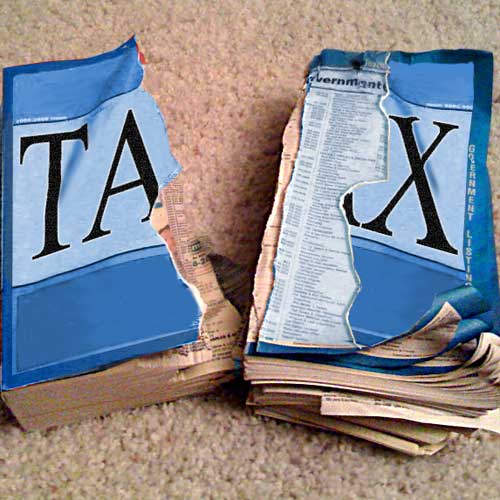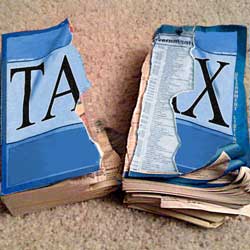In last November's Autumn Statement, Chancellor Jeremy Hunt confirmed his intention to freeze the ax thresholds such as the tax-free allowance and higher rate thresholds all the way through to April 2028. This was an extension by two years of the original freeze.
These allowances would normally rise with the official inflation figures provided by the Consumer Price Index (CPI) - a figure currently at 5.73 percent (the last 12 months inflation).
The government's target for inflation is 2 percent, so while way off target it has successfully since January this year managed to bring the CPI figure down from over 10 percent.
Here's a quick calculator so you can see exactly how this 'fiscal drag' effect has affected your take home pay.
The problem lays with such a high inflation rate combined with frozen tax allowances and thresholds. The personal allowance and higher rate thresholds have been £12,570 and £37,700 since 2021, respectively. This means a person can earn up to £50,270 gross before becoming a higher rate taxpayer - anything earned above that mark is taxed at the higher 40 percent rate.
If we compare April 2021 to April 2023 alone, the CPI inflation shows as 23.82 percent. The average weekly salary index shows a 13.02 percent change.
Based on CPI figures, the personal allowance should have increased to £15,560 in April 2023 and the higher rate threshold to £46,680 - meaning that someone could earn £62,240 before becoming a higher rate taxpayer.
If we instead use the Average Weekly Salary Index figures instead then the Personal Allowance should be £14,210 and the higher rate threshold £42,610. This would mean a person could earn £56,820 before paying the 40 percent tax rate.
So, how does this compare to what we currently have - we'll use the average weekly salary to compare different salary amounts on the current actual tax system, with what should be the raised personal allowance and higher rate thresholds.
| Gross Salary | Difference In Tax Paid |
|---|---|
| £10,000 | £0 difference |
| £15,000 | £328 less tax |
| £20,000 | £328 less tax |
| £30,000 | £328 less tax |
| £40,000 | £328 less tax |
| £45,000 | £328 less tax |
| £50,000 | £328 less tax |
| £55,000 | £1,274 less tax |
| £60,000 | £1,638 less tax |
| £80,000 | £1,638 less tax |
| £100,000 | £1,638 less tax |
| £120,000 | £1,638 less tax |
| £130,000 | £982 less tax |
| £150,000 | £982 less tax |
The government is able to raise over four billion pounds in additional tax take by freezing tax allowances in this manner - and because no tax rates have been increased, they technically haven't broken any promises to the electorate.



